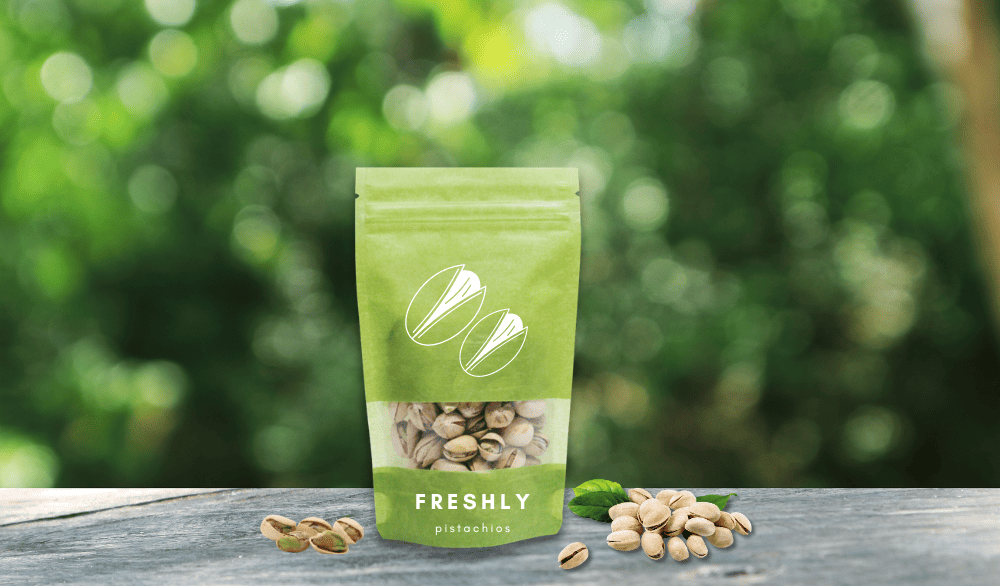Blog
How Can Flexible Packaging Helps Safeguard Food and Extend Freshness.
Ensuring the freshness and safety of perishable goods is of utmost importance. Flexible packaging has emerged as a game-changer, providing an essential solution for preserving the quality and integrity of food products. Explore the crucial role of flexible packaging in maintaining food freshness and safety. The use of barrier films, modified atmosphere packaging (MAP), and tamper-evident features, highlight how these advancements extend the shelf life of perishable goods.
Understanding the types of barriers found in flexible packaging.
Flexible packaging utilizes barrier films, which are designed to create a protective shield against external elements that can compromise food quality and safety. These films act as a barrier to moisture, oxygen, light, and other potential contaminants.
Moisture Barrier: Moisture can cause spoilage, mold growth, and texture degradation in food products. Barrier films with excellent moisture resistance prevent moisture absorption or loss, ensuring optimal product quality and extending shelf life.
Oxygen Barrier: Oxygen exposure leads to oxidation, which accelerates the degradation of food, particularly fats, oils, and vitamins. Barrier films with high oxygen barrier properties create an oxygen-free environment, slowing down the deterioration process and preserving the freshness and taste of food.
Light Barrier: Light-sensitive products, such as dairy, beverages, and certain fruits, can experience quality degradation due to exposure to ultraviolet (UV) light. Barrier films with light-blocking properties shield the products from UV rays, maintaining their color, flavor, and nutritional value.
Modified Atmosphere Packaging (MAP): Preserving Freshness
Modified Atmosphere Packaging (MAP) is a technique that involves modifying the composition of gases within the package to extend the shelf life of perishable food products. This is achieved by replacing the atmospheric air inside the package with a controlled gas mixture.
MAP primarily involves reducing oxygen levels and adjusting carbon dioxide (CO2) and nitrogen (N2) levels. By reducing the oxygen concentration, the growth of aerobic spoilage microorganisms is inhibited, thus preserving the freshness and safety of the food. Additionally, increased CO2 levels can act as an antimicrobial agent, further extending shelf life.
MAP is particularly beneficial for fresh produce, meat, poultry, seafood, bakery products, and ready-to-eat meals. It enables longer storage periods, reduces food waste, and enhances product availability while maintaining the desired quality and taste.
Tamper-Evident Features: Ensuring Product Integrity
Ensuring the safety and integrity of food products is important to consumer trust and satisfaction. Flexible packaging ads tamper-evident features that provide visible indications if the package has been tampered with, assuring consumers of the product’s safety and authenticity.
Tamper-evident features include tear strips, bands, or labels that indicate if the package has been opened or compromised. These features act as a deterrent to tampering and provide a clear visual cue, instilling confidence in consumers about the product’s freshness and safety.
Flexible packaging for frozen food packaging
Flexible packaging plays a crucial role in the packaging of frozen food products. It not only ensures the preservation of taste, texture, and nutritional value but also contributes to an efficient and convenient consumer experience.
Flexible bags designed specifically for frozen food packaging incorporate multiple layers of barrier films that effectively protect against moisture and freezer burn. The materials used in these bags are specifically formulated to withstand low temperatures and maintain their strength and integrity in freezing conditions.
In addition, the flexibility of the packaging allows for easy storage, stack ability, and convenient portioning of frozen food items. This ease of use and versatility make flexible packaging an ideal choice for frozen food products.
With the growing demand for convenience and sustainable packaging solutions, flexible food packaging continues to evolve, embracing innovative technologies to meet the ever-changing requirements of the food market. As consumers increasingly prioritize food freshness and safety, flexible packaging remains a trusted and reliable choice for preserving the quality and integrity of perishable goods.





